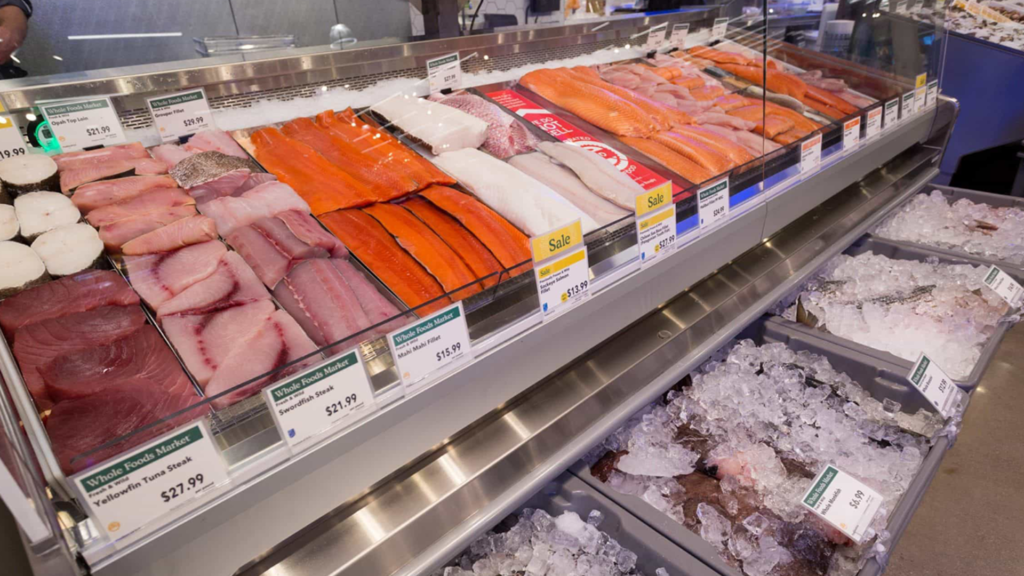Navigating the myriad offerings at your local seafood market can significantly enhance both the culinary experience and environmental impact of your dining choices. Seasonal seafood selections not only ensure optimal freshness but also adhere to sustainable harvesting practices that protect marine biodiversity. For instance, the succulent sweetness of a summer-harvested Alaskan salmon or the robust flavor of winter-caught Atlantic mackerel highlights the influence of seasonal cycles on seafood quality. Understanding these dynamics is crucial for any conscientious consumer. Let us explore how these seasonal variations affect the availability and quality of seafood, and why this knowledge is essential for making informed purchases.
Understanding Seafood Seasons
Understanding seafood seasons is crucial for selecting the freshest and most sustainable options available in the market. Seafood availability fluctuates significantly throughout the year, influenced by factors including spawning cycles, migration patterns, and regional fishing regulations, all of which are designed to prevent overfishing and ensure marine populations’ vitality.
For instance, Alaskan salmon fishing peaks in the summer, specifically from June through August, offering the freshest salmon during this period. Conversely, Atlantic mackerel is best harvested in the cooler months, from late fall through early spring, when it is fattest and most flavorful.
By aligning your seafood purchases with these natural cycles, not only do you enjoy seafood at its peak quality but also contribute to the sustainability of marine ecosystems.
Moreover, many coastal communities hold seafood festivals during peak seasons, celebrating the bounty and unique practices of their fisheries. Participating in these events can deepen your appreciation of local marine culture and practices, fostering a sense of belonging and community engagement.
Thus, understanding and respecting seafood seasons support not only environmental sustainability but also cultural richness, drawing us closer to the natural and communal sources of our sustenance.
Choosing and Storing Seafood
Once you have identified the best season to purchase your favorite seafood market, the next step involves mastering the art of selection and proper storage to maintain its freshness and quality.
When selecting seafood, always opt for pieces that look vibrant and smell fresh, not fishy. For fish, seek out clear, bulging eyes and bright red gills. The flesh should spring back when touched.
Proper storage is crucial to preserving the integrity of seafood market. If you need to store them longer, freezing is an option, but make sure to wrap the seafood tightly in plastic, then in foil, to prevent freezer burn.
Always thaw seafood in the refrigerator or under cold water, never at room temperature, to reduce the risk of bacterial growth.
In conclusion, aligning seafood purchases with seasonal availability not only ensures the enjoyment of peak flavor and texture but also bolsters sustainable fishing practices.
By selecting vibrant and fresh-looking catches and adhering to proper storage protocols, consumers contribute to the conservation of marine ecosystems.
Thus, informed choices at the local seafood market serve as pivotal actions toward environmental stewardship and culinary excellence, showcasing a harmonious balance between nature’s offerings and human consumption.
Learn more:
The Ultimate Seafood Lover’S Guide: Top Picks and Recipes From Our Market

